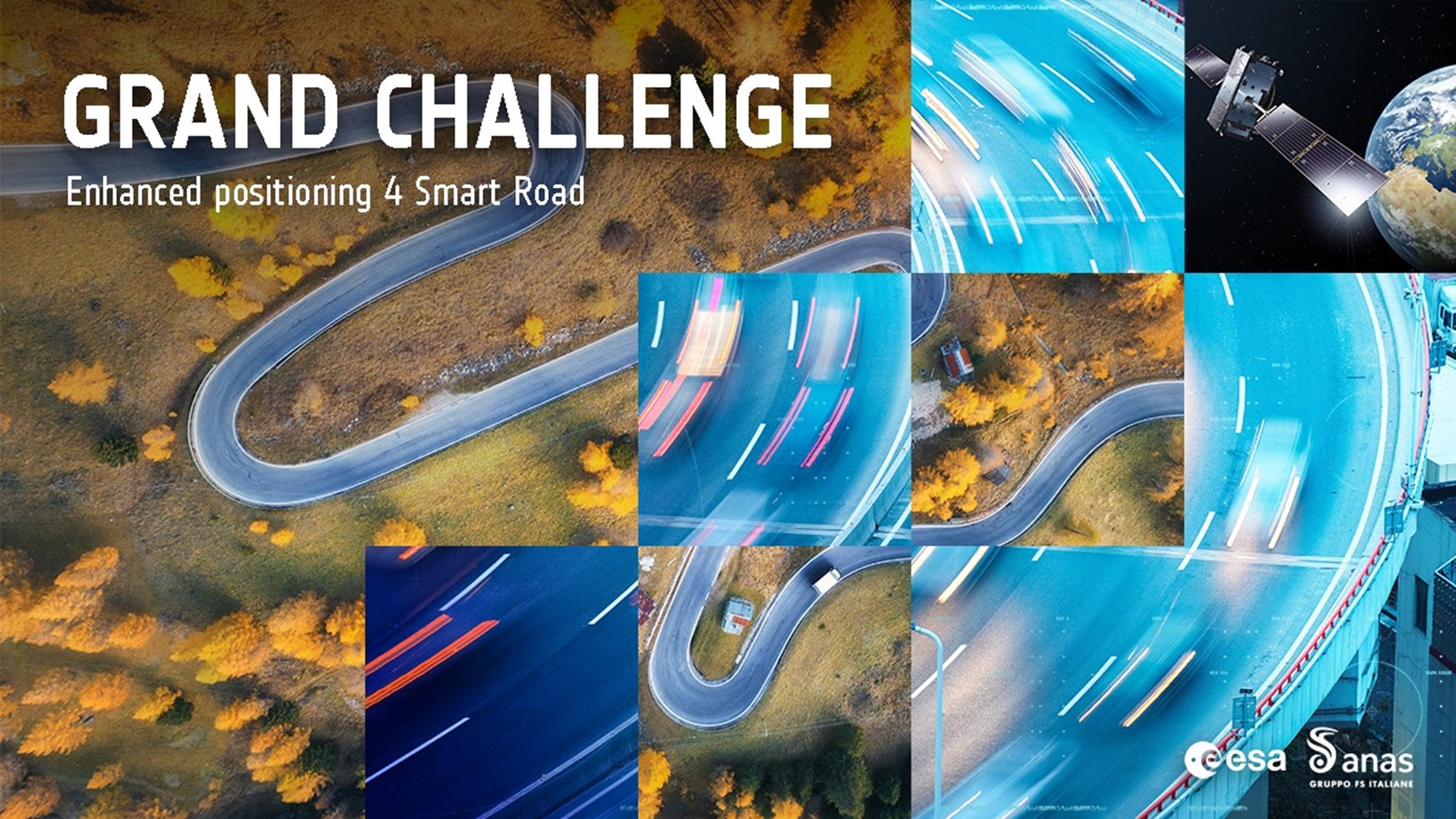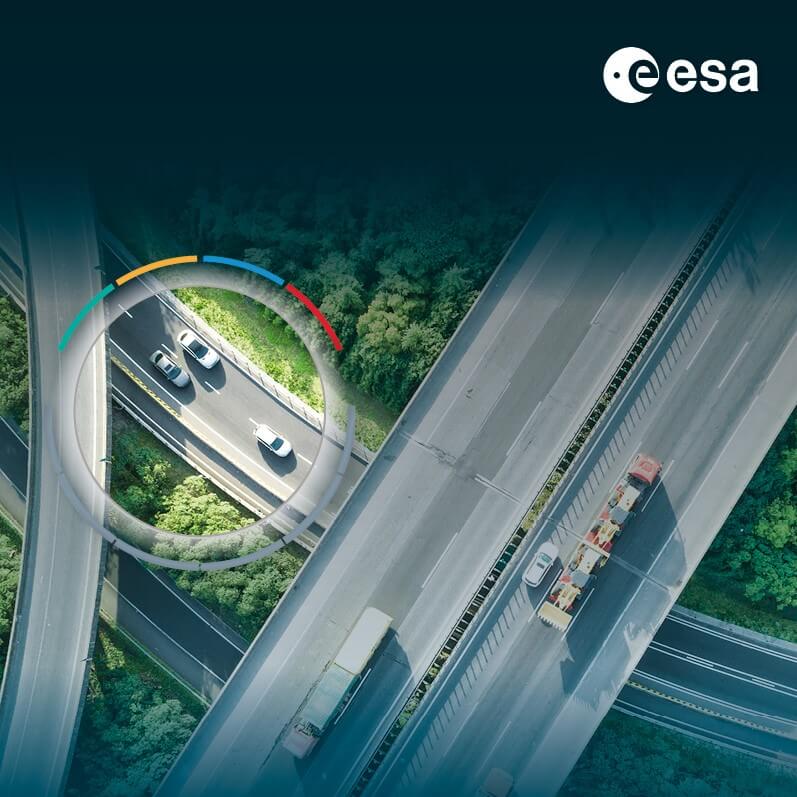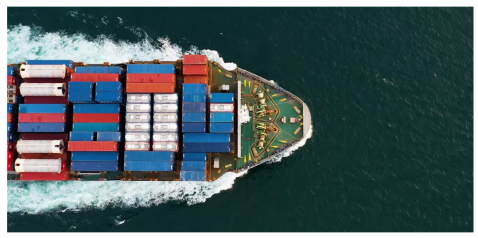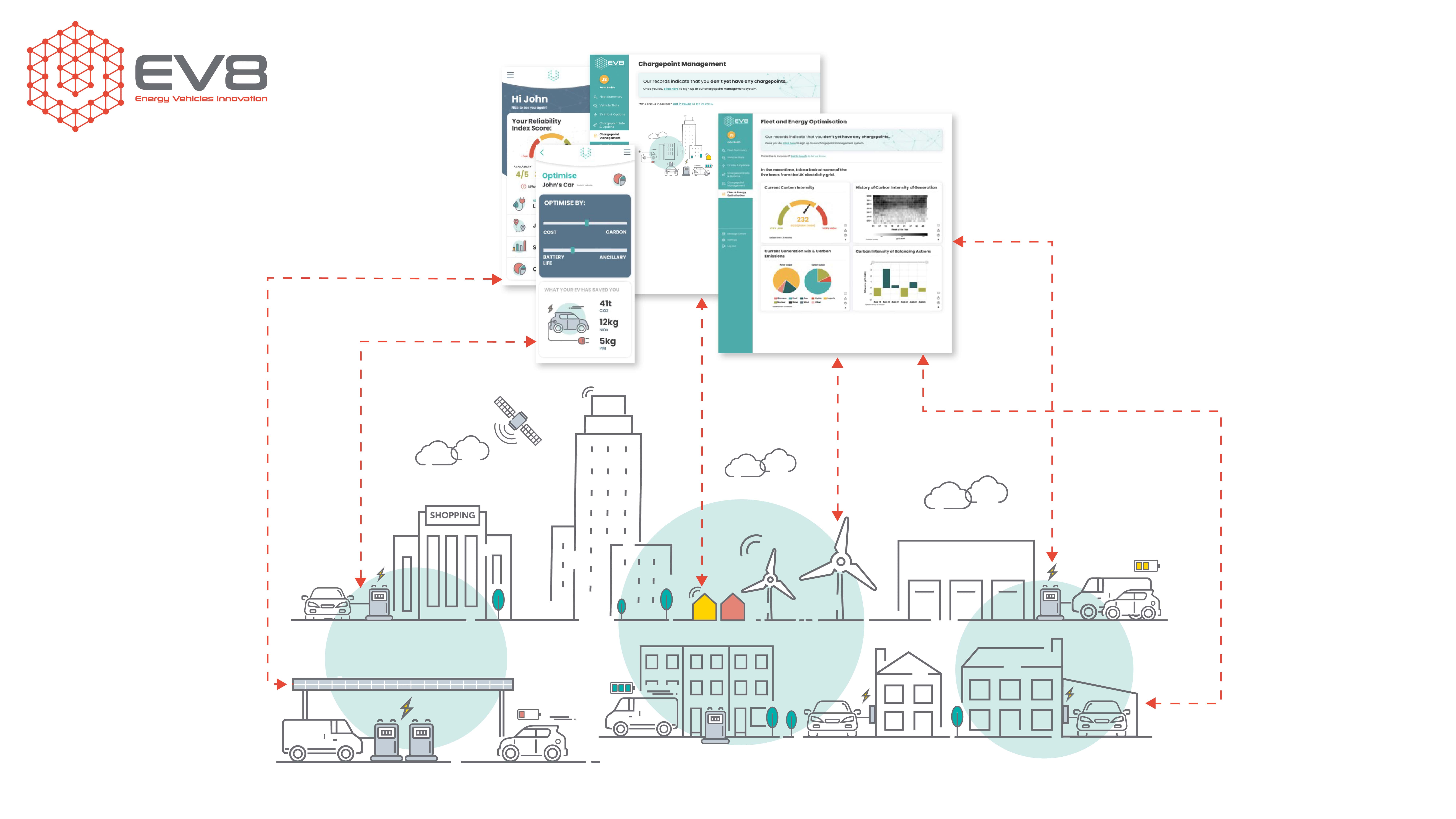On 27 November 2023, the ESA Commercialisation Days: Transportation event will take place. Key actors from the transportation and space sectors will come together to develop new synergies. Read the story below from ANavS one of the start-ups that will pitch during the event.
Problem to be solved:
Autonomous driving is challenging due to the multitude of complex obstacles to overcome to be safe and effective. Variable environmental factors, such as fog and rain, can have a dramatic impact. Additionally, there are several technical challenges such as severe multipath and/or signal shadowing limiting the accuracy of the GNSS signals. The large variety of shapes of other traffic participants can further complicate how to navigate an autonomous vehicle.
To overcome these challenges, autonomous driving functionalities require a reference system that outperforms serial sensors. The ANavS Integrated Sensor Platform (ISP) addresses these needs. ANavS is associated with ESA BIC Bavaria.
The solution:
The Integrated Sensor Platform (ISP) of ANavS provides precise and reliable position and altitude information in any environment. It includes three GNSS receivers, an inertial sensor, a wheel odometry CAN interface, two cameras, a Lidar sensor, and a very powerful sensor fusion. An extended Kalman filter is used for the sensor fusion to perform a GNSS/INS/odometry based tightly coupled RTK positioning. It also integrates visual position information, obtained from the camera Lidar SLAM, to enable precise positioning in areas without GNSS signal reception.
The GNSS receivers, the inertial sensor, the wheel odometry CAN interface, and the GNSS/INS/odometry based tightly coupled RTK positioning are all embedded in the Multi-Sensor RTK module. This enables a stand-alone product to be integrated in the ANavS ISP.
The ISP provides not only position information, but also high-precision 3D maps and real-time object detection and tracking capabilities. The maps are determined by a SLAM and geo-referenced with the multi-sensor RTK solution. The objects are determined by AI. Object lists are provided with the objects ‘positions, bounding boxes and classification (e.g. pedestrian, bicycle, vehicle). The latter ones are essential for any autonomous vehicle.

ANavS has acquired the first pilot customers that have purchased an ISP and use it for developing autonomous driving functions. Moreover, a large follow-on project with more than 10 partners was recently launched in Germany with the aim of developing a reference system for autonomous driving functions.
ANavS has been working for more than 10 years on high-precision positioning systems. The founders and developers of ANavS have received various prestigious prizes. These include the first prize in Bavaria in the European Satellite Navigation Competition in 2011, and a grant for developing the world’s first high accuracy user terminal and reference user algorithm for the Galileo’s High Accuracy Service (HAS).









